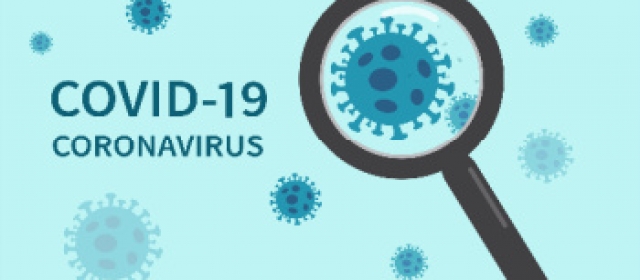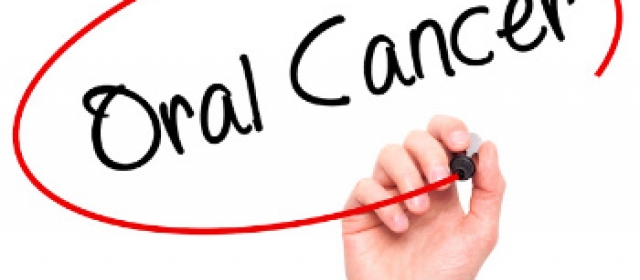
All News
Upcoming Events
A Multi-institutional Assessment of Multimodal Analgesia in Penile
Implant Recipients Demonstrates Dramatic Reduction in Pain Scores
and Narcotic Usage
Jacob Lucas DO; Martin Gross MD; Faysal Yafi MD; Kenneth DeLay MD; Sarah Christianson DO; Farouk M. El-Khatib MD; Mahdi Osman BS; and Jay Simhan MD
The Bilateral Pedicled Epilated Scrotal Flap: A Powerful Adjunctive for Creation of More Neovaginal Depth in Penile Inversion Vaginoplasty
Tim H.J. Nijhuis MD, PhD; Müjde Özer MD; Wouter B. van der Sluis MD, PhD; Muhammed Al-Tamini MD; Ali Salim MD; Philip Thomas MB, BS, FRCS (Urol); James Bellringer MB, FRCS (Urol), FECSM; Mark-Bram Bouman MD, PhD, FECSM

Not necessarily. It is true that a man’s risk for erectile dysfunction (ED) increases as he gets older, but lots of older men still have rigid enough erections and satisfying sex.
Intraoperative Intracavernosal Liposomal Bupivacaine (Exparel) Injection Does Not Affect Systemic Hemodynamics
Hisanori Taniguchi, MD, PhD and John P. Mulhall, MD, MSc, FECSM, FACS
A Double Blind, Placebo Controlled, Randomized Trial to Evaluate the Efficacy and Tolerability of On-Demand Oral Pregabalin (150 mg and 75 mg) in Treatment of Premature Ejaculation
Mohamed Refaat El Najjar MD; Mohamed El Hariri MD; Ali Ramadan MD; Abd-Alrahman Hefny Hashem MBBCh
Complications and Management of Penile Girth Enhancement with Acellular Dermal Matrix
Tingmin Xu MD; Guoxi Zhang Prof; Wenjun Bai Prof; Qing Li Prof; Anpu Yang PhD; Qiushi Lin PhD; Tao Xu Prof; Xiaowei Zhang Prof







